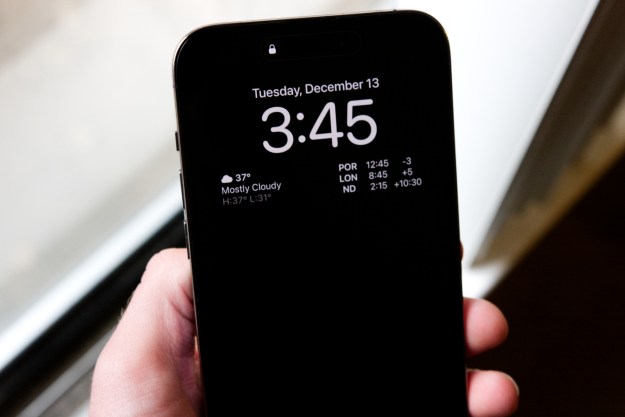Although some market watchers are publishing numbers that Google’s Android mobile operating system may have plateaued in terms of marketshare, research firm Comscore finds that Android did very well for itself in the three months ending April 2011, with an overall 5.2 increase in its share to a total of 36.4 percent. Apple also did well for itself, pushing its share of the smartphone market up 1.23 percent to an even 26 percent for the three-month period. And those gains came at the expense of everyone else, with RIM in particularly taking a hard blow with a 4.7 percent decline—sinking to 25.7 percent—over the same three-month period.
Microsoft and HP/Palm also saw net declines in share, to 6.7 percent and 2.6 percent, respectively.

Overall, Comscore finds that some 74.6 million people in the United States owned smartphones during the three months ending April 2011, an increase of some 13 percent from the three-month period ending in January 2011. Overall for the same period, some 234 million Americans aged 13 or over owned used sort of mobile device.
Text messaging remains far and away the dominant form of non-voice use for a mobile phone, with 68.8 percent of subscribers reporting the sent text messages to another phone during the three-month period. Some 39.1 percent of mobile users reported using a Web browser during the same period, more than a third (37.8 percent) downloaded apps, and 28 percent accesses a social networking service of blog. Interestingly, only 26.2 percent reported playing games, and only 18 percent reported listening to music.
Comscore reports Samsung was the top mobile phone manufacturer for the three-month period, accounting for 24.5 percent of the market, with LG in second place with a 20.9 percent share. Motorola ranked third with 15.6 percent, and Apple and RIM rounded out the top five with 8.3 percent and 8.2 percent of the market, respectively. Interestingly, among manufacturers only LG and Apple saw net gains for the three-month period: LG was up 0.1 percent, while Apple was up 1.3 percent.
Editors' Recommendations
- How to find your lost phone (tips for iPhone and Android)
- How to find downloaded files on an iPhone or Android phone
- Look who just replaced Samsung as king of the global smartphone market
- I record interviews for work. These are my favorite free recorder apps
- Our 5 favorite iPhone and Android apps by Black developers

